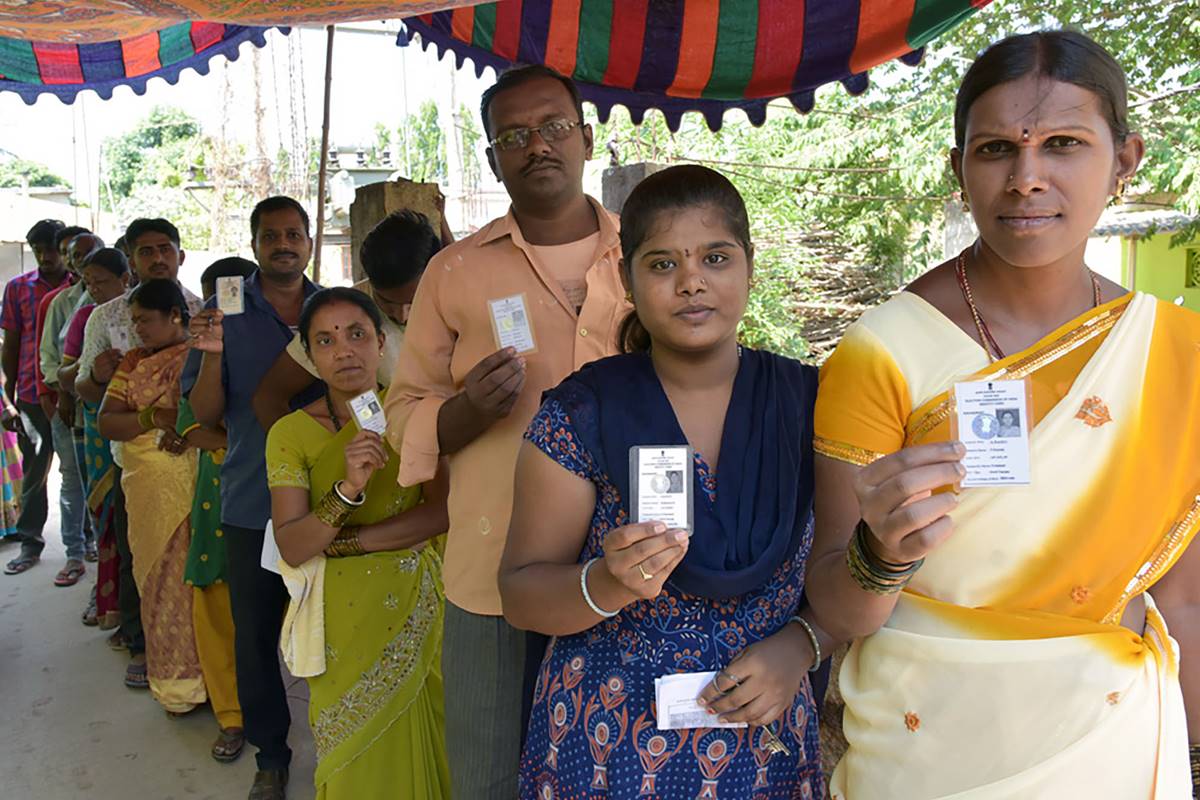As we move towards the next three phases of the seven-phase Lok Sabha poll it is clear that the opposition parties are lagging behind and the NDA is slowly gaining momentum.
They are unable to keep important poll narratives like jobs, agrarian crisis and bread and butter issues on the front burner while Prime Minister Modi has been successful in keeping terror, nationalism, Pulwama and Balakot airstrikes in the public eye, despite his failure to deliver on many of his 2014 poll promises.
Advertisement
While the opposition might have a good case about bread and butter issues, it is the message of Modi which is emerging as more compelling to the public, particularly in the North. Initially the BJP was on the back foot but after the Balakot air strikes in February, it has managed to sustain nationalism and terror as issues though it did not have much impact in the southern states where regional parties have been holding sway.
It was the local issues which got more attention there. In any case, elections in the southern part of the country have already been completed, where the BJP got only 20 of 130 seats in spite of the Modi wave in 2014. Modi’s pro incumbency claim will be tested in the remaining three phases of the Lok Sabha elections, as the party will be fighting to retain 116 of the 168 seats that it had won in 2014.
They are mainly in the Hindi heartland – Uttar Pradesh (41), Madhya Pradesh (23), Bihar (21), Rajasthan (12) and Jharkhand (11), as well as all the seats of Punjab (13), Haryana (10), Delhi (7) and Himachal Pradesh. BJP knows it will be difficult to replicate the 2014 performance in some of the states where it had peaked. That is why the party is going all out to influence the swing voters in its favour. They are targeted through mega rallies, road shows, and the show of strength in Varanasi with the NDA allies etc. The Prime Minister had held about 100 public rallies and three big roadshows in the first four phases of the 2019 Lok Sabha elections.
Incidentally, the next three phases will witness elections in VVIP constituencies like Amethi (Rahul Gandhi,) Rae Bareli, (Sonia Gandhi) Varanasi (Prime Minister Modi), Azamgarh (Akhilesh Yadav) and Sultanpur (Maneka Gandhi). The challenge for the opposition is to bring bread and butter issues back in focus in the election rallies and meetings. The opposition has a strong case on the agrarian crisis that is sweeping the country.
Farmers are not getting their dues and many have committed suicide. Poor agricultural incomes have hit growth in rural wages. The other important issue is on the job front. Modi came to power promising to create 20 million jobs a year and now the Centre for Monitoring Economy (CMIE) says that 11 million jobs were lost in 2018.
The unemployment rate has touched a 45-year high. Demonetisation has hit many. The youth are demanding more jobs. As issues go, it is Balakot versus jobs in the 2019 polls. The Pulwama terror attack in February has come as a godsend to the BJP. The BJP has milked the public outrage over it and has shifted the entire focus to national security and nationalism. Modi has been consistently projecting himself as the most decisive leader while putting the opposition in the dock for daring to question the strikes.
To his advantage, the United Nations has also put terrorist Masood Azhar in the global terrorist list this week, something New Delhi had been stressing for long. Why is the opposition unable to take on the Prime Minister? First of all it is divided. The intended national level Grand alliance did not materialize.
Leaders like Rahul Gandhi, Mayawati, Akhilesh Yadav, Mamata Banerjee, Naveen Patnaik, Chandrababu Naidu, M.K. Stalin, Lalu Prasad Yadav and Deve Gowda, who have huge egos, head the opposition parties. Secondly, there is no coordinated poll strategy against the BJP with the result it has become state specific strategies for the opposition. Strangely, in UP the powerful SP- BSP- RLD gadbandhan is not only fighting the BJP but also the Congress.
In Varanasi, there is only a token fight against Modi as the opposition candidates are weak. Thirdly, the Congress strategy is not clicking much as it is focusing on NYAY, Rafael and “Chowkidar chor hai” themes while the gathbandan is attacking both the Congress and the BJP in equal measure.
Above all, the perception that there is no alternative to Modi (TINA) factor helps the Prime Minister to a large extent apart from his personal popularity. The opposition needs to revise its poll strategy if it wants to fight the BJP seriously at least in the ensuing three phases of polls.











